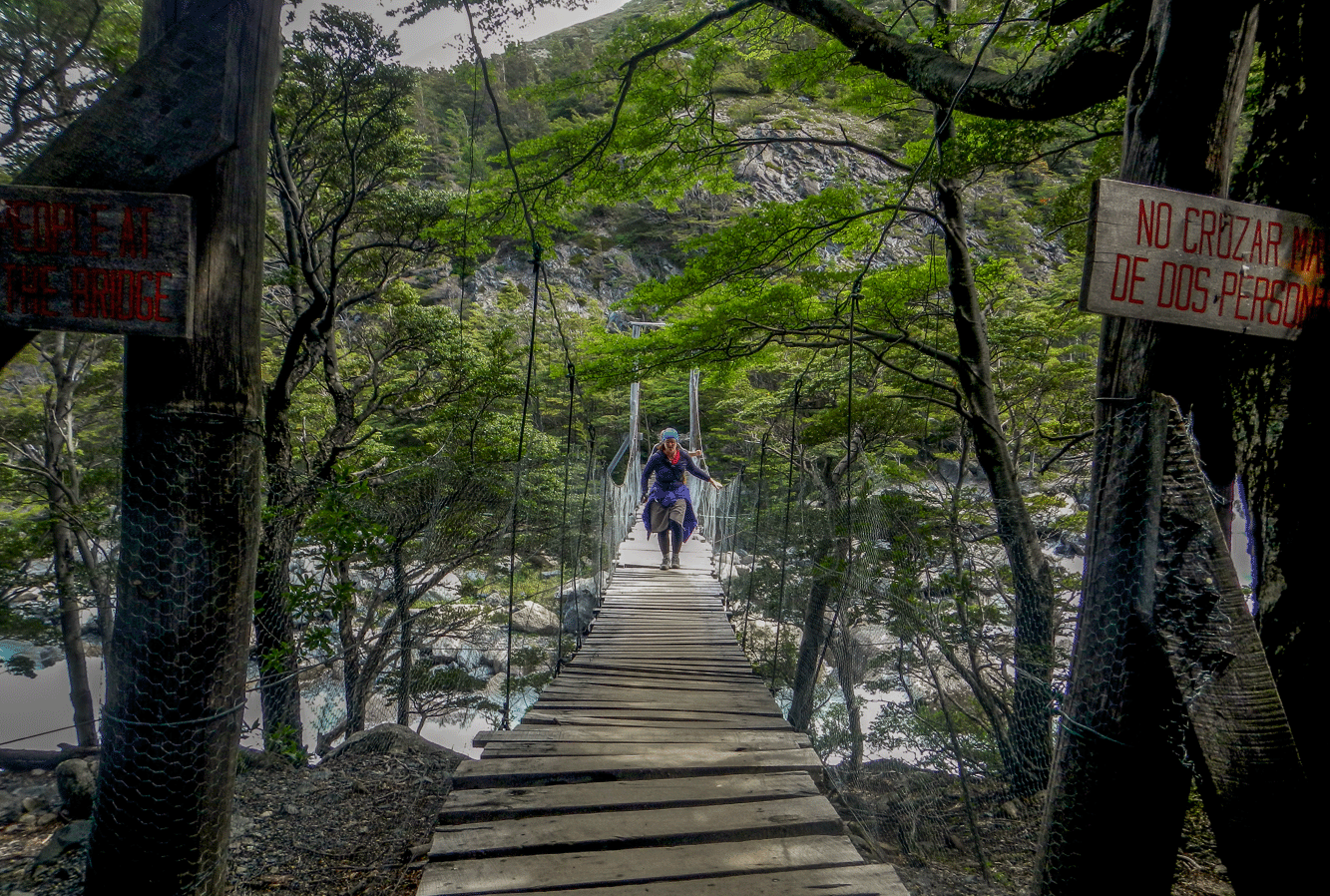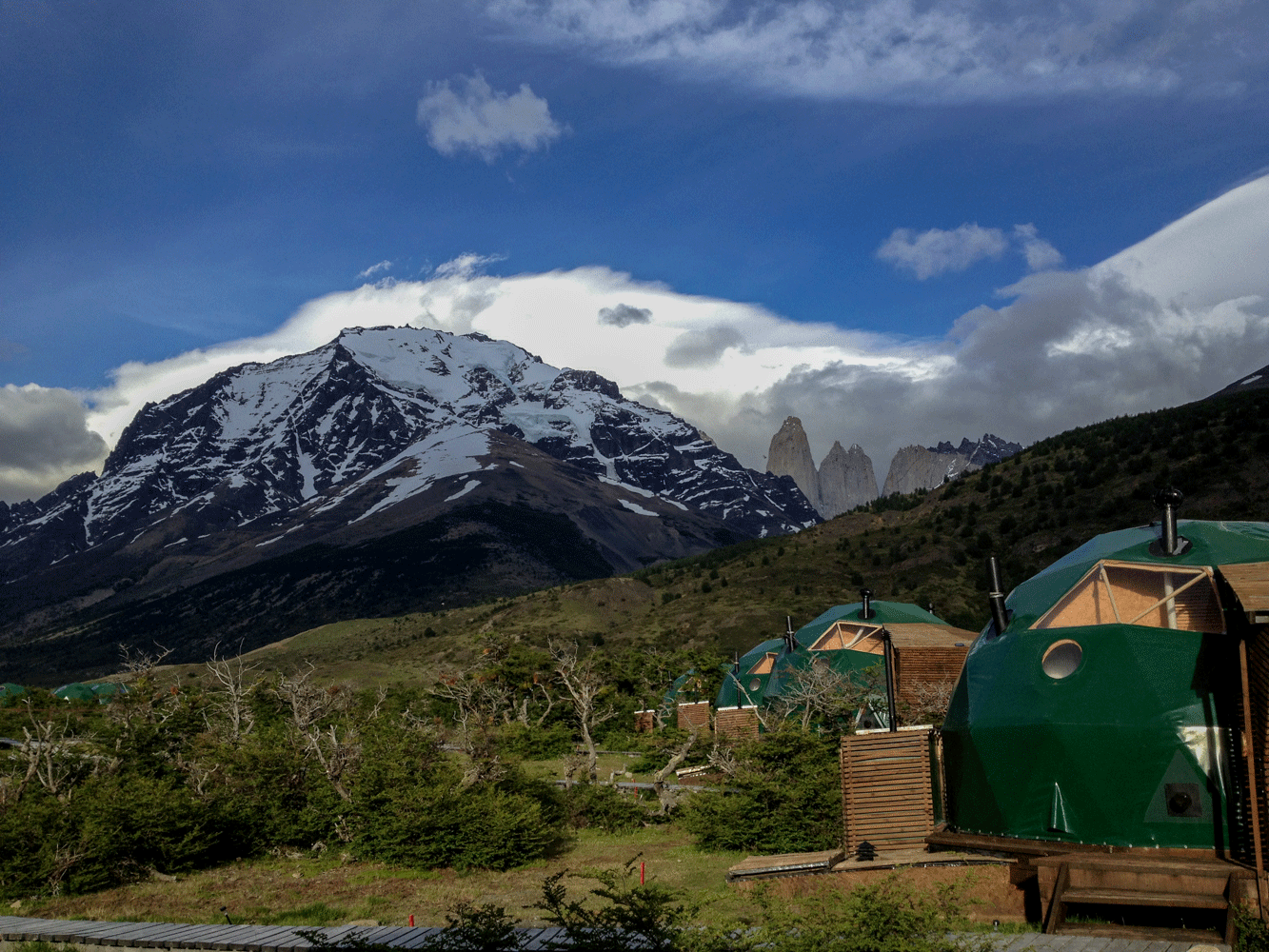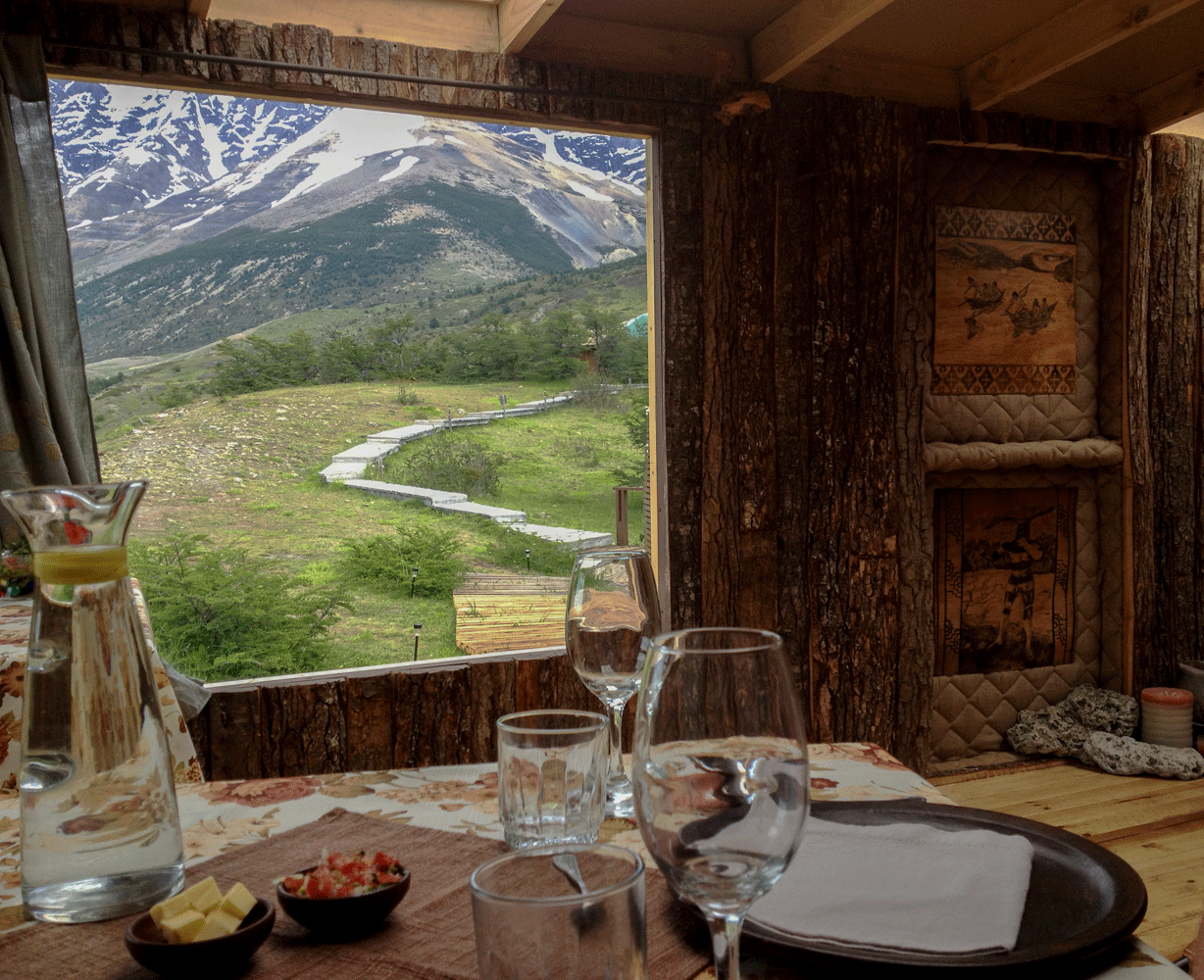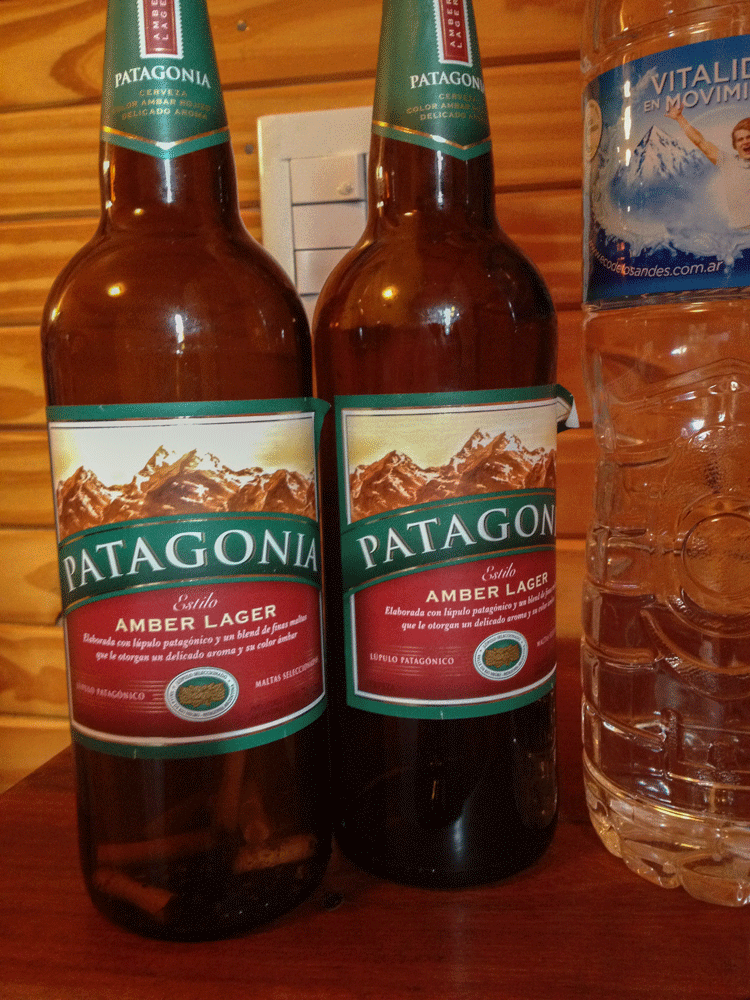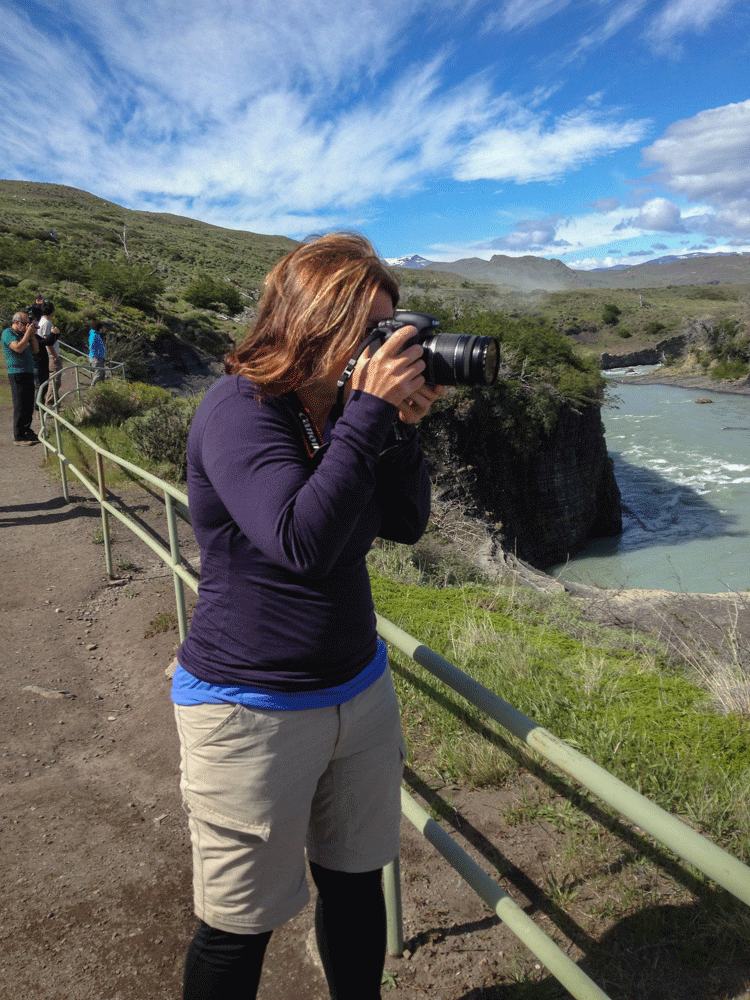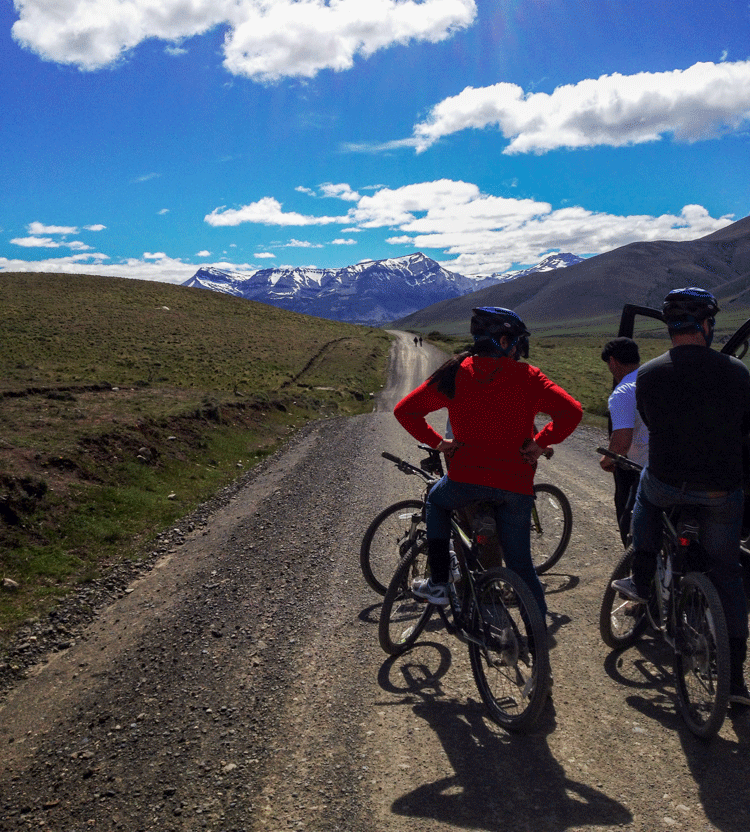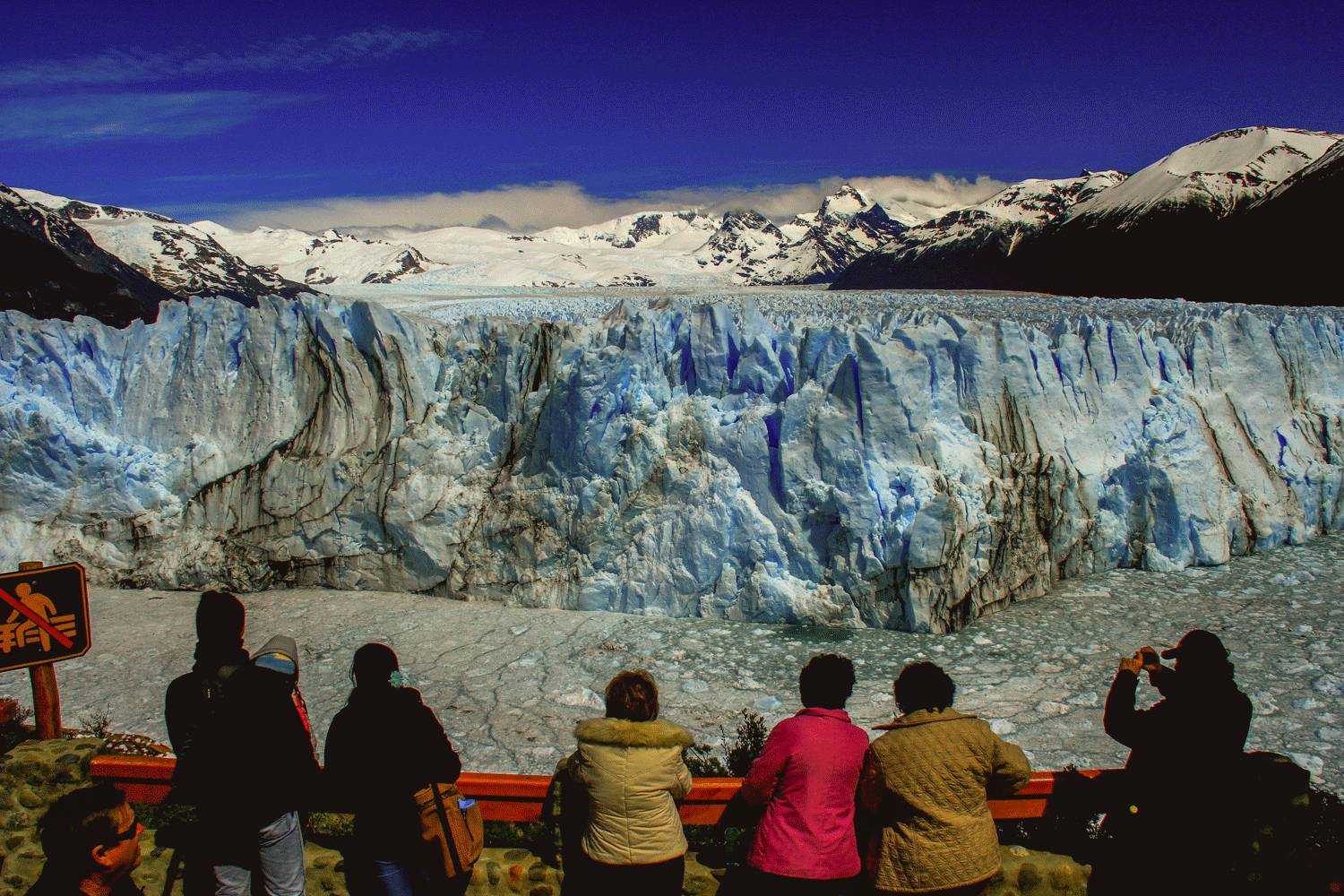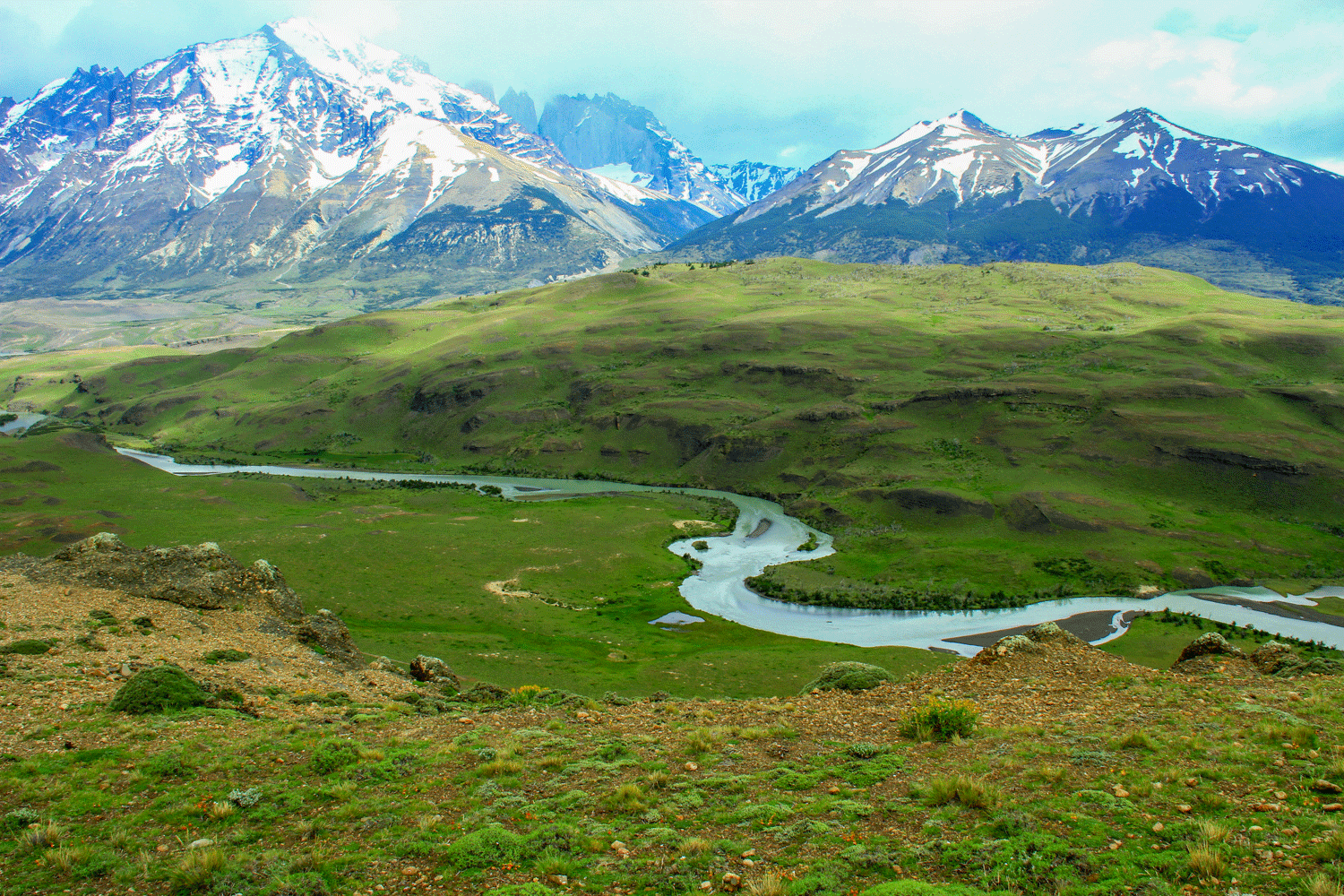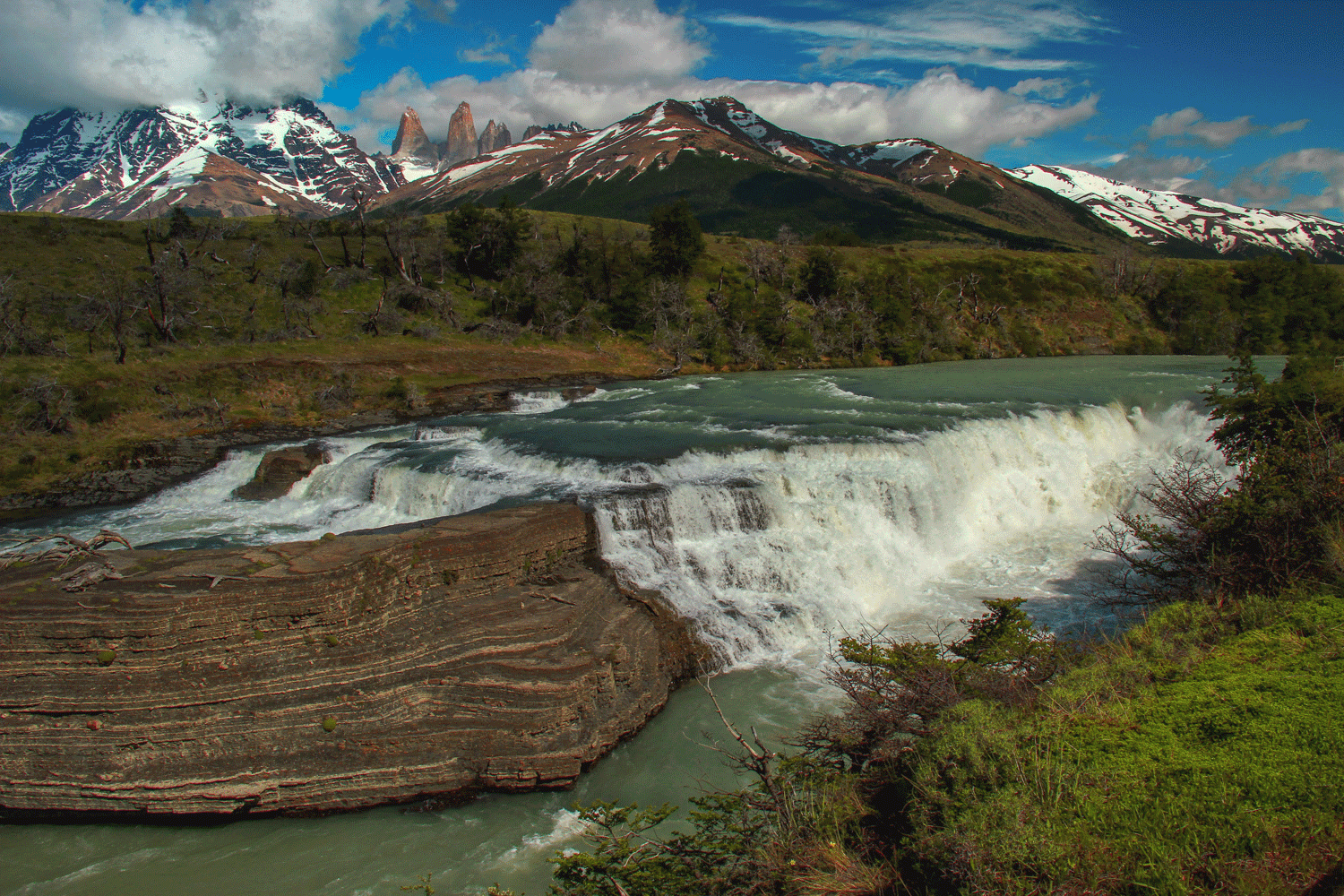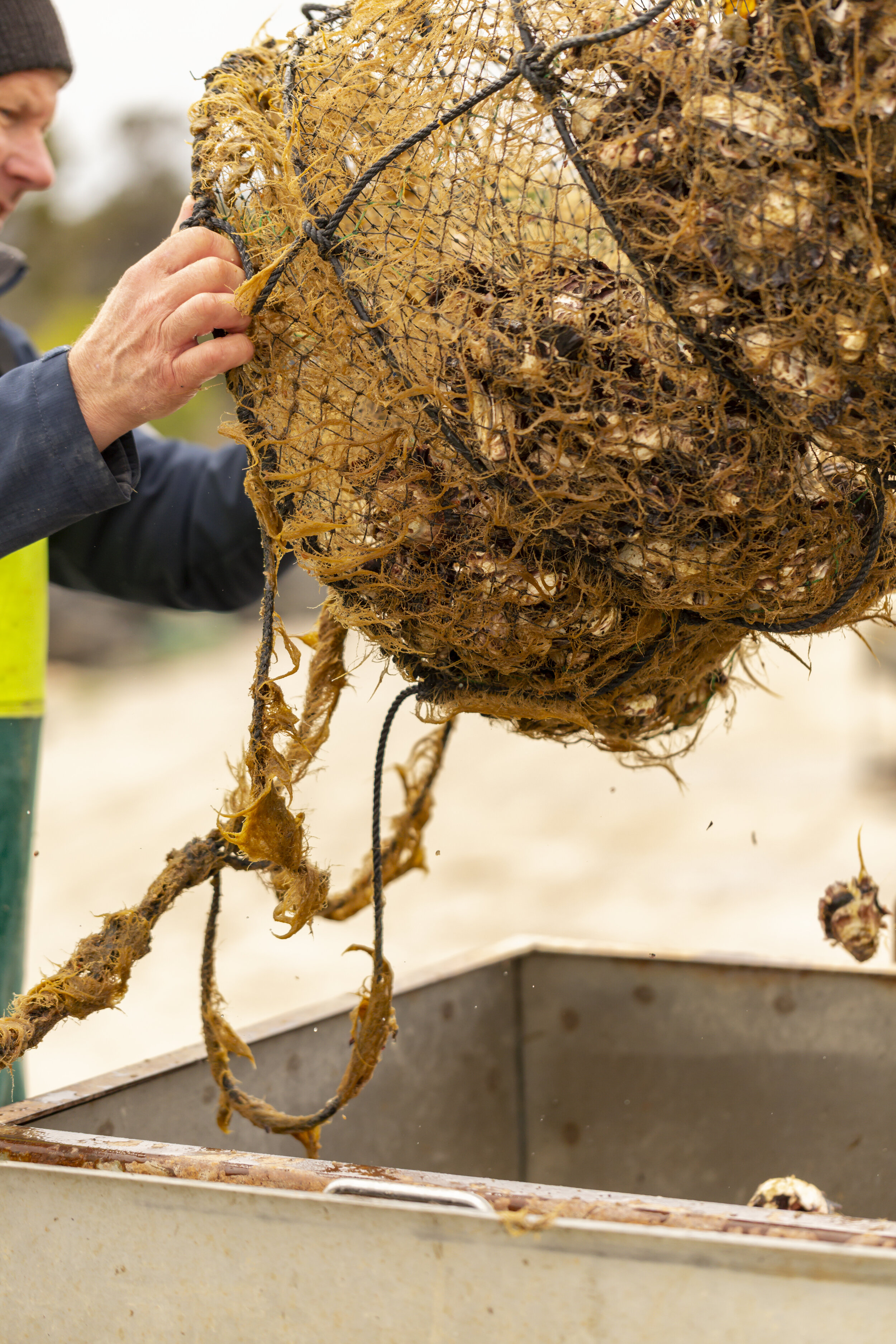On my Tasmania tours, I don’t just shoot landscapes but I encourage you to photograph ‘the little things’ like flora: wildflowers, weeds, tiny branches….we make time!……it’s easy to get lost in macro photography, (although it’s harder when you’re old with knee issues (like me). Cradle Mountain is …..the clean crisp air, the flowers and trees, the wombats and the wallabies…..the rainforest….the alpine wildness…it’s all there for you! There’s a reason it’s on the UNESCO World Heritage Register . Pristine wilderness, protected areas, I’m so excited to share this location with my guests on my NEW West Coast and Cradle Mountain photo tour in Tasmania in November. Message me to book.
Melshells Oyster Shack
On my recent Tasmania photography workshop, I added something a little different to the week, because as much as I love landscapes, that is not all there is to shoot! Sunrises and sunsets of beautiful locations are really amazing, but I also like behind-the-scenes or documentary style photography too.
Tasmania is known for its delicious oysters, so I approached Cassie at Melshell Oyster Shack (a family business) with my idea some months back, and she was totally on board. I picked up some hi-vis vests for my group to wear, and we wandered around the oyster place (safely!) with Cassie explaining all about the oyster production from beginning to end. We photographed the men coming back with their boat and a haul of oysters and saw what happens to them from there, right up to sorting, bagging, and even shucking some too. We were inside, outside, and around the vintage caravan that sells oysters straight to the hungry tourists who seem to drop by in droves to taste them. What a fun morning!
Sometimes it’s nice to concentrate on the little details as opposed to a wide all-encompassing image. The property is full of gorgeous and quirky things like…pink flamingos, heaps and heaps of empty oyster shells made into fences, tables and chairs by the river, a tiny jetty, and so much more!
The Melrose family has been farming Pacific Oysters successfully since 1984 and they are well worth a visit. To find out more about Melshells, or visit them next time you’re in Tassie, check them out on https://melshelloysters.com.au/melshell-story/ 😊
GEAR TALK
I seem to be amassing large amounts of gear, but it’s all used regularly, trust me!! I shoot my landscapes and portraits with a Canon 6D - I keep meaning to upgrade to a 5-series actually, but my camera really cops a lot of salt spray and corrosion and dampness, every single day, so I’m not sure I need to upgrade just yet. I’ve already had the insides removed and replaced due to salt corrosion, so it will keep me going for a while yet! I also use a Canon 7D, a crop sensor body. I use that for action, surf, sports and wildlife mainly. My lenses cover a wide range. I will list them here, and let you know what I use them for:
Canon 100mm f2.8L - macro lens (flowers, tiny things) and portraits
Canon 16-35mm f4L - my main landscape lens, wide angle
Samyang 14mm - super wide angle, i only use this for astro photography
Tamron 24-70mm - such a sharp lens, a perfect all-rounder. I can use it for landscapes as well as portraits, and great for street photography!
Canon 70-200mm f2.8L ISii USM - the most AMAZING lens I own! gorgeous bokeh for portraits, incredible sharpness
Canon 100-400mm f4.5-5.6L ISii USM - perfect for surfing and wildlife shots.
Can I tell you guys……it’s taken me quite a while to figure out what I want and need in lenses. I tried a Canon 17-40mm (didn’t like it). I tried a Canon 50mm (didn’t like it), I tried a Canon 85mm (didn’t like it). Lenses are such a personal thing and it depends on what you use them for. There are companies around who rent out lenses. I suggest you try to rent one before you invest in buying one!! Also, invest in the BEST glass you can afford. I saved up for the 70-200 for ages before I could afford to buy one, and it will never leave my possession. it’s that good, so it was worth the wait!
I use Sirui tripods, the W-series. They are waterproof and carbon-fibre. They are fantastic at being constantly in salt water and sweltering in the boot of my hot car. I’ve got my regular one, the W2204, and recently I acquired a W1204, it’s a little bit smaller in size and lighter, so i use that for travel.
I made the investment into NISI filters a couple of years ago, and I use them almost every day. I use the v5 square system, a selection of Neutral Density (ND) filters: a 3-stop, 6-stop and 10-stop, plus a few graduated filters, and Circular Polarising filter, and a Natural Light filter. Interestingly, filters are the number one thing my students want to learn, so I teach how to use them, and how to get the best out of them.
What else do i have …..hmmm well I have a GoPro Silver Hero4 which is fantastic when I go stand-up paddling, and I fly a DJI Mavic Pro drone whenever I get the chance (I’ve posted some images in my gallery, check them out!).
I use a LowePro Flipside 400AW backpack. When I travel….hmmm depends where I’m going and my needs when i get there, but sometimes I fill the backpack and then it fits perfectly INSIDE a hard shell carry-on case, so it’s then on wheels (best thing ever). Sometimes I just carry the backpack on my back, pretending it hardly weighs a thing (tip for getting through at airport check-ins). It doesn’t fit ALL of my gear but I pack according to what I’m going to need! Tip: bring a non-photographer with you when travelling so they can carry some of your gear ;)
As most photography-related brands come out with new gear all the time, unless you are sponsored by the brands and given the use of gear as it updates, it’s hard to keep up, and frankly, quite expensive. I would rather spend my money on travel (so far i’ve travelled to 7 continents…Antarctica was my absolute fave!).
Anyway, i’m always around to answer any questions you may have about my gear, just flick me an email! x
Patagonia
Patagonia.......a stunning region in South America, in both Chile and Argentina. Wild weather and trekking! First I stayed in El Calafate, a small town closest to the gorgeous glacier Perito Moreno. Milky water, snow-capped mountains, AMAZING cloud formations, tiny wildflowers, floating ice, and the sound of cracking as the glacier moves.
I went out to EcoDome Camp, in the middle of the Patagonia wilderness, and stayed just a few short days in a dome suite, with windows cut out in the ceiling, and a timber walkway. They come and light your fire in your dome in the late afternoon as it gets cold at night. I loved my time here, I trekked the French Valley trek (part of the bigger 'W' trek), I mountain-biked down dirt roads with the sparkling sun in the sky, ate a Chilean BBQ and drank red wine. I also discovered why many of the guides wear glacier glasses - the wind, at times, is intense. It blew so much dust into my eyes that I could not see, and felt like I had gravel in my eyeballs. Luckily (other travellers!) I met an Aussie guy who gave me some single-use eye drops...thank goodness. No shops around here!
This is not an area for the faint-hearted. The trekking is intense, the conditions change from warm and sunny one minute, to freezing cold and windy the next. The French Valley required a ferry ride to get there (and you have to time your return trip in case you miss the last one!) and around an 8-hour hike. And when I say 'hike', I mean, walking walking walking, no time for stopping, hardly any time to take photos. It was fantastic! For some reason, when you're in an amazing place, the food tastes better, the wine tastes better, and you sleep much better at night!

